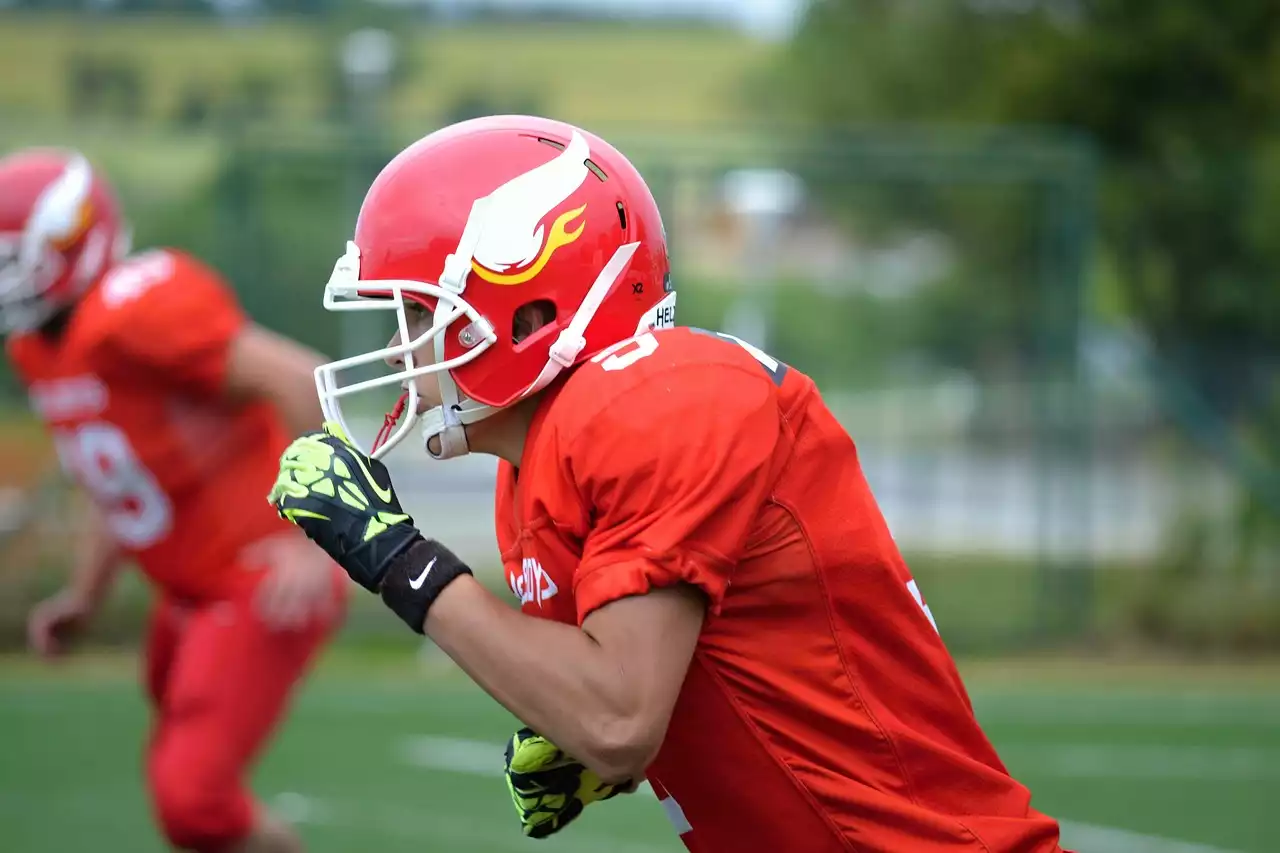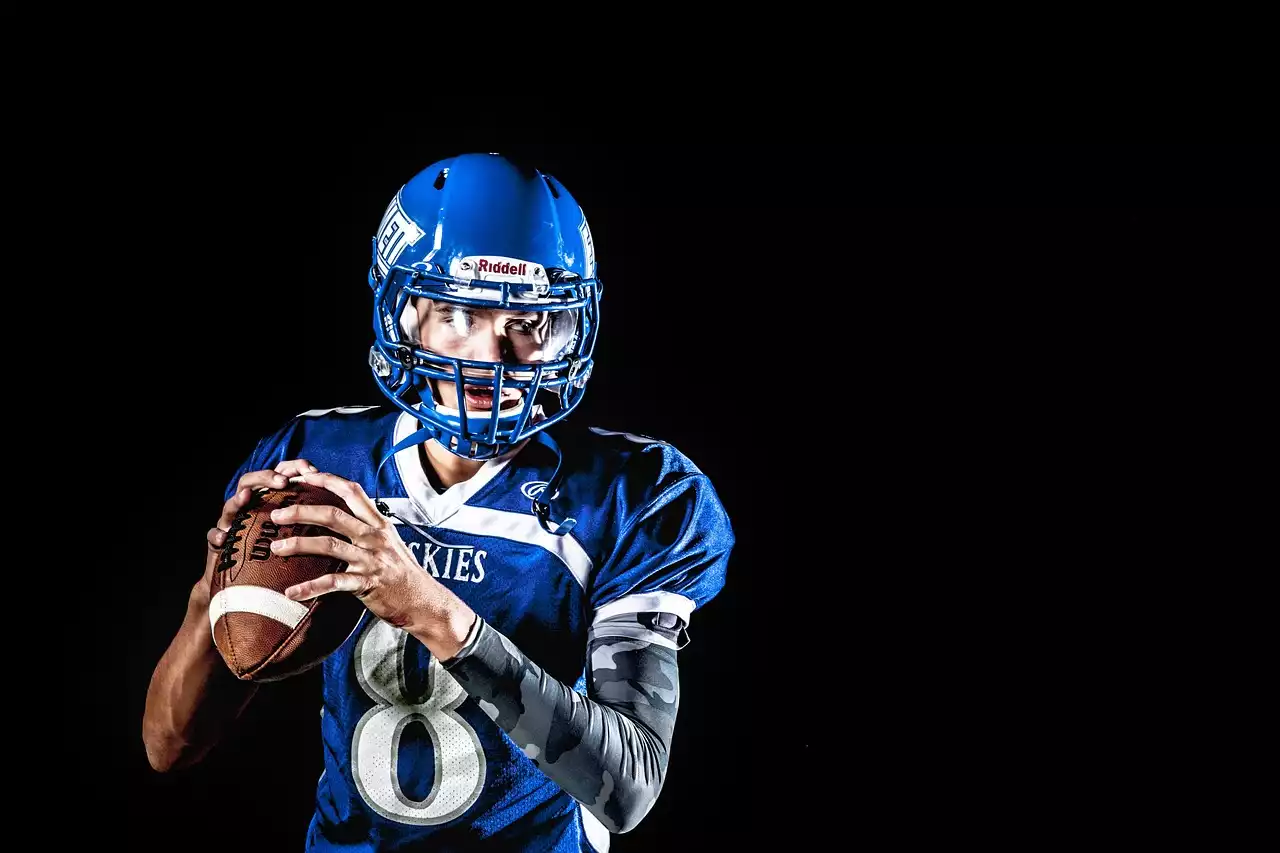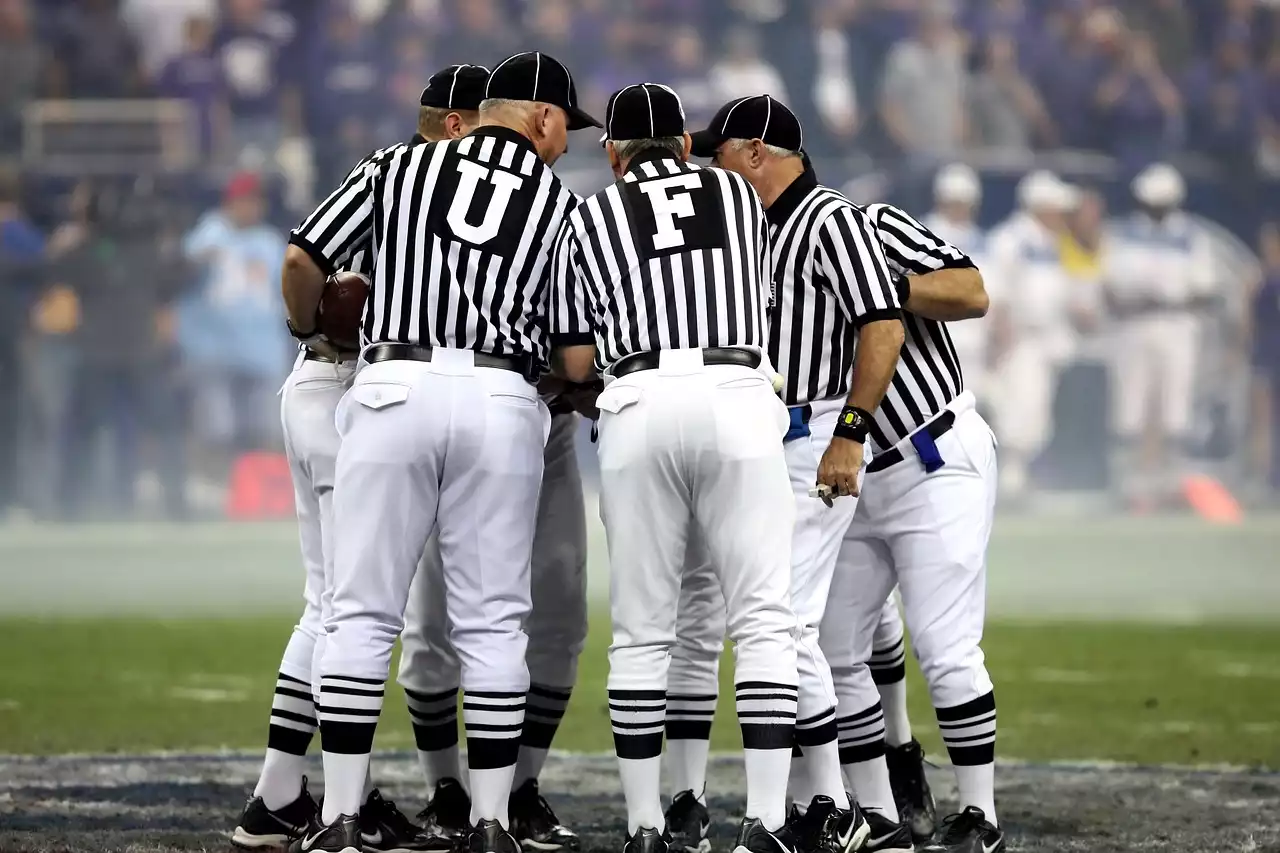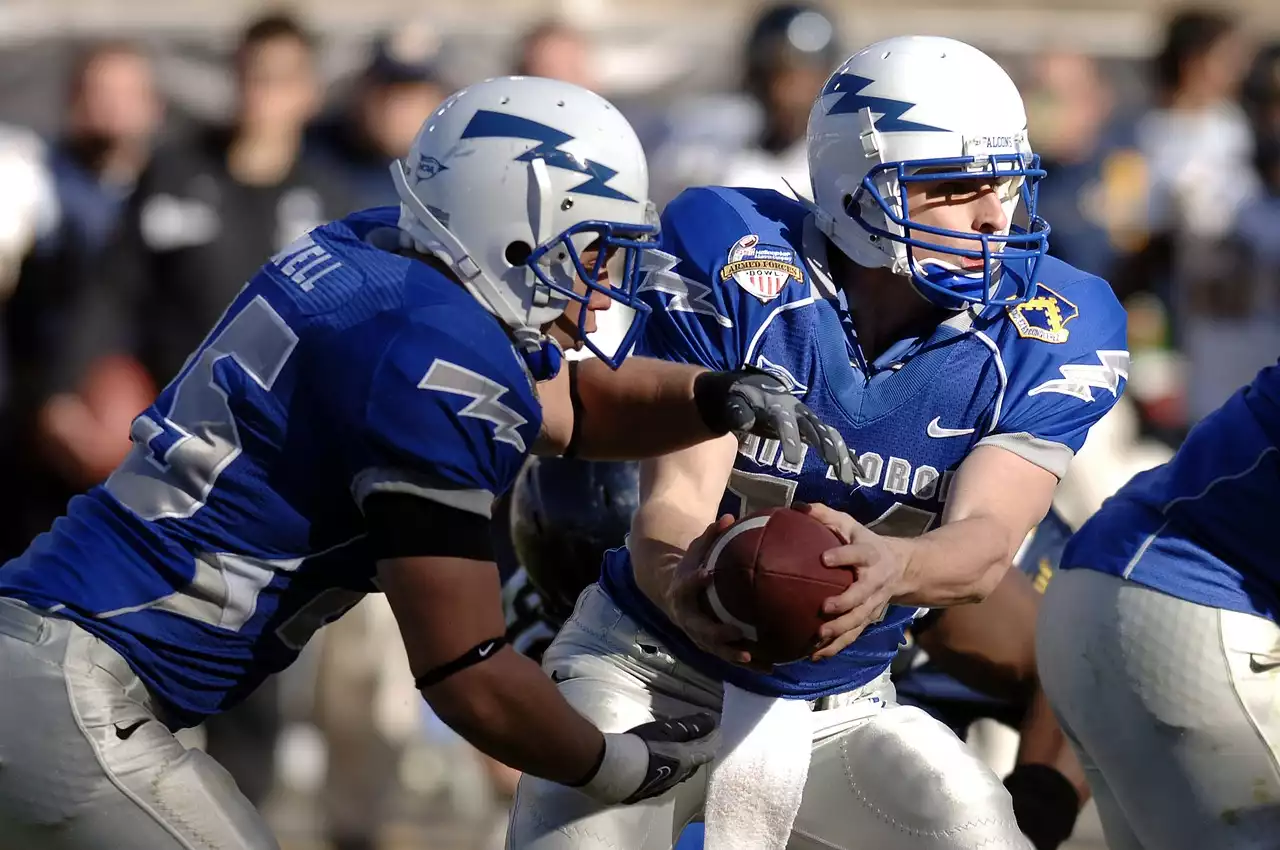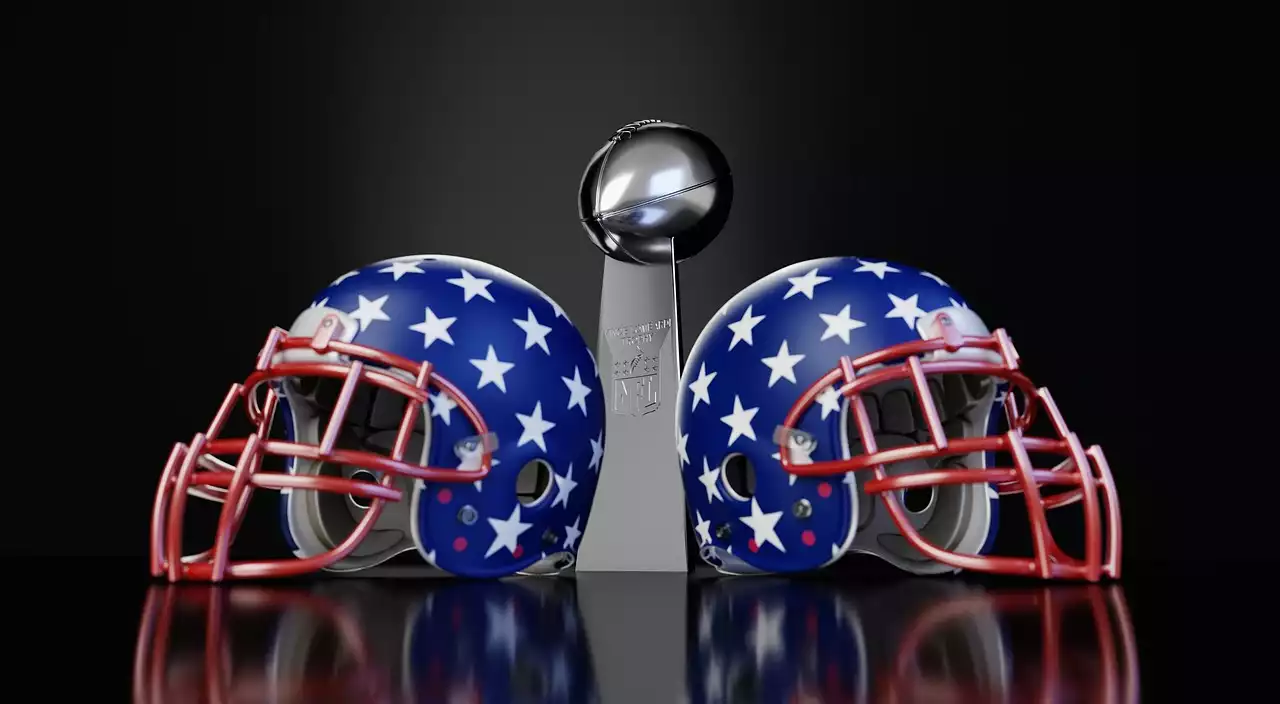The History of College Football
College football has its roots in rugby, which was played in colleges across the country in the mid-1800s. The first intercollegiate football game was played between Princeton and Rutgers in 1869. The game was vastly different from what we know today - the field was 120 yards long, there were no forward passes, and the game ended when one team scored six goals (equivalent to today's touchdowns). Over time, the game evolved, with new rules being introduced to make it safer and more exciting.
In the early 1900s, college football became a national phenomenon, with thousands of fans flocking to stadiums to watch their favorite teams play. The first Rose Bowl game was played in 1902, and by the 1920s, bowl games had become a staple of the college football season. Today, college football is bigger than ever, with millions of fans tuning in to watch games on television and thousands more attending games in person.
The Evolution of College Football Traditions
College football is known for its traditions - from the pre-game tailgates to the post-game alma mater, every school has its own unique customs that add to the pageantry of the game. Some traditions are rooted in history, while others have been introduced more recently. But what they all have in common is their ability to create a sense of community and pride among fans.
One of the most iconic traditions in college football is the marching band. The first college marching band was formed at the University of Illinois in 1907, and since then, bands have become a staple of college football games. Marching bands perform at halftime shows, playing popular songs and performing intricate choreography that never fails to amaze the crowd.
Another tradition that has become synonymous with college football is the pre-game tailgate. Fans gather in parking lots and on campus to grill food, drink beer, and socialize before the game. Tailgates are a great way to meet new people and show your support for your team - whether you're wearing a jersey or painting your face in your team's colors.
The Role of Pageantry in College Football
Pageantry is an essential part of college football. It's what sets the game apart from other sports and creates the unforgettable atmosphere that fans have come to love. From the opening kickoff to the final whistle, every aspect of the game is designed to create a sense of excitement and anticipation.
One of the ways that pageantry is used in college football is through the use of mascots. Every school has its own unique mascot, whether it's a tiger, a bulldog, or a cowboy. Mascots are more than just symbols of the team - they're a source of entertainment for fans, performing dances and stunts that never fail to get the crowd fired up.
Another way that pageantry is used in college football is through the use of cheerleaders. Cheerleaders lead the crowd in chants and cheers, creating a sense of unity and enthusiasm among fans. They also perform routines during timeouts and halftime shows, adding to the overall spectacle of the game.
Notable College Football Traditions
Every school has its own unique traditions, but there are some that stand out as particularly notable. Here are just a few:
- The University of Alabama's "Roll Tide" chant: Alabama fans have been chanting "Roll Tide" for over a century. The chant originated in the early 1900s, when a sports writer used the phrase to describe the team's performance in a game against Georgia Tech. Today, "Roll Tide" is one of the most recognizable chants in college football.
- The University of Michigan's "Go Blue" chant: Michigan fans have been chanting "Go Blue" since the 1970s. The chant is used to show support for the team and to intimidate the opposing team.
- The University of Notre Dame's "Play Like a Champion Today" sign: Before every game, Notre Dame players touch a sign that reads "Play Like a Champion Today." The tradition started in the 1920s and is meant to inspire the players to play their best.
The Significance of College Football Rivalries
College football rivalries are an essential part of the game. They add to the excitement and passion that fans feel and create a sense of competition that drives the players to perform their best. Rivalries are often rooted in history, with teams from neighboring states or schools with a long-standing history of competition facing off against each other.
One of the most storied rivalries in college football is the annual game between the University of Michigan and Ohio State University. The two schools have been playing each other since 1897, and the game has become one of the most anticipated events of the college football season. The rivalry is so intense that it's been dubbed "The Game" by fans and commentators alike.
Another notable rivalry is the annual game between the University of Alabama and Auburn University. The two schools are located in the same state and have a long-standing history of competition. The game is known as the Iron Bowl and is one of the most anticipated events of the college football season.
The Importance of College Football to Universities
College football is not just a source of entertainment for fans - it's also an important part of universities' identities. The success of a football program can have a significant impact on a school's reputation and can even boost enrollment numbers. In addition, football games are often used to bring alumni and donors back to campus, creating a sense of community and pride among the university's supporters.
But football programs can also be a significant financial burden for universities. The cost of maintaining a football program can be high, with expenses for equipment, travel, and salaries for coaches and staff. Some schools have even had to cut other programs in order to maintain their football programs.
The Impact of College Football on Local Communities
College football doesn't just impact universities - it also has a significant impact on local communities. Home games can bring thousands of fans to a town or city, boosting local businesses and creating jobs. In addition, football games can create a sense of community among residents, with fans coming together to support their team.
But there can also be negative impacts on local communities. Large crowds can create traffic and parking problems, and the cost of providing security for games can be high. In addition, the noise and disruption caused by football games can be a source of frustration for some residents.
The Future of College Football
As college football continues to evolve, it's unclear what the future holds. Some experts predict that the rise of online streaming services could lead to a decline in attendance at games, while others believe that the game will continue to thrive. One thing is certain - the traditions and pageantry of college football will continue to be an essential part of the game, creating an unforgettable experience for fans across the country.
